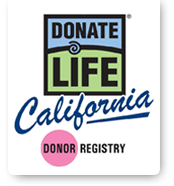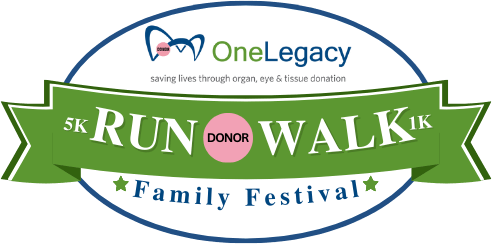November 9th Marks the Beginning of National Donor Sabbath
Beginning today November 9th and thru November 11th, Donate Life California invites you to join us in celebrating National Donor Sabbath! Every year, we celebrate National Donor Sabbath for persons of all faiths to honor donors who have saved lives through organ, eye and tissue donation.

Along with taking a moment to pause and honor all the donors who have saved lives, National Donor Sabbath also looks to spread the word about the importance and need of organ, eye and tissue donation across all faiths and congregations. With over 114,000 people waiting for a life-saving organ transplant, the need for new organ donors remains critically important.
National Donor Sabbath Encourages Education on Organ Donation
When it comes to registering as an organ and tissue donor, many mistakenly believe that their religion prevents them from being an organ and tissue donor. In fact, most religions support and even encourage organ donation.
Over the past five years, key religious figures such as Pope Francis and the Dalai Lama have vocally expressed how organ donation is one of “the greatest service(s) to mankind.” Many religions believe organ donation to be a final act of kindness and generosity. If you are interested in checking out the views of various religions on organ donation, please click here.

National Donor Sabbath encourages all faith leaders and followers to research his or her religious group’s tradition and position on organ and tissue donation and transplantation, as well any other ethical issues that may be of concern. In addition, each faith leader should be mindful of any new resolutions or positions adopted at his or her religious group’s national assembly. The group’s position is also subject to change at any moment.
How You Can Help This National Donor Sabbath
For all those attending religious congregations on this National Donor Sabbath weekend, we encourage you to strike up conversations about organ and tissue donation with your fellow parishioners. Additionally, discussing the matter with your leaders of faith may encourage them to bring up the topic of organ, eye and tissue donation during your service. And as always, we encourage you to share our message of saving lives through your own social media outlets. For additional information on National Sabbath, please click here.
Before we let you go, here are some quick facts on organ donation that you can share with members of your congregation:
- Almost 35,000 patients began new lives in 2017 thanks to organ transplants (about 92 every day).
- Nearly 22,000 people in California – over 114,000 people nationally – are currently waiting for an organ transplant.
- Sadly, over of 20 people die every day while waiting, because the organ they needed is not donated in time.
- A living donor can save a life by donating a kidney or a portion of their liver, lung, pancreas or intestine. For more information on living kidney donation, go to Living Donation California.
- On average, there are more than 30,000 tissue donors and more than 1 million tissue transplants are performed each year; the surgical need for tissue has been steadily rising.
- Approximately 40,000 patients have their sight restored through corneal transplants each year.









